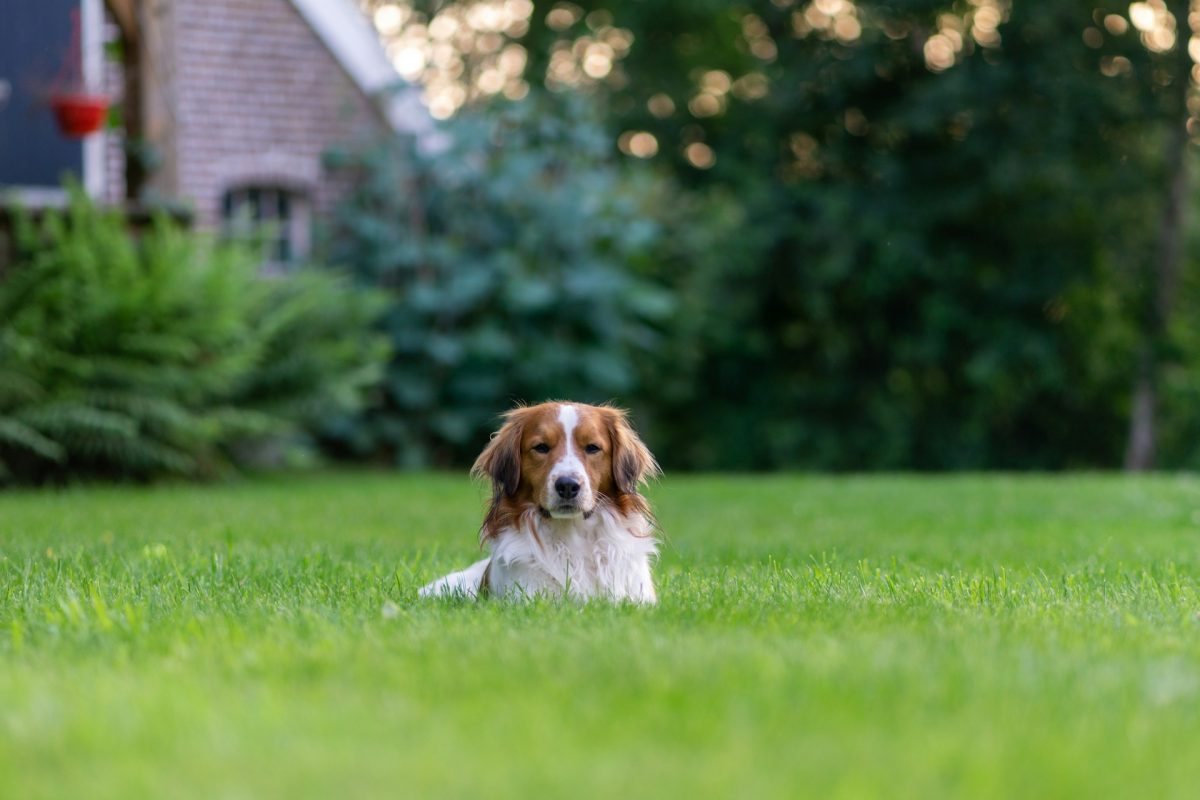Training your dog to roll over is not just a party trick; it’s an excellent way to enhance your bond and improve your dog’s agility and obedience. This seemingly simple trick is a fun challenge for both you and your pet, combining trust, physical skill, and patience. Whether you’re working with a young puppy or an older dog, learning to roll over can be a rewarding experience for your canine friend, providing mental stimulation and physical exercise. This detailed guide breaks down the process into five easy steps, ensuring a successful training session that’s enjoyable for both you and your dog.
Preparing for Training
Choose the Right Time and Place
Select a quiet, comfortable space free from distractions to begin your training. A soft, grassy area or a carpeted room works best to ensure your dog’s comfort while rolling.
Gather Your Supplies
All you’ll need is a handful of your dog’s favorite treats. These will serve as motivation and reward throughout the training process.
Training Steps
Step 1: Command to ‘Lie Down’
Start with your dog in the ‘lie down’ position. If your dog hasn’t mastered this command yet, you’ll need to begin here. Gently guide your dog to lie down using a treat, and give the command “lie down.” Reward your dog once they are lying down comfortably.
Step 2: Introduce the ‘Roll Over’ Cue
Holding a treat in your hand, move it towards your dog’s shoulder blade, encouraging them to turn their head and follow the treat. This movement naturally prompts your dog to lie on their side as a first step to rolling over.
Step 3: Encourage the Roll
Continue to hold the treat close to your dog’s nose and slowly move it along the ground in a circular motion around their head, guiding them to roll over. You may need to gently help your dog with this movement initially. Use the command “roll over” as they complete the action, and reward them with the treat.
Step 4: Practice and Patience
This step may require the most patience. Repeat the roll over motion several times in a training session, but keep sessions short to avoid frustration. Over time, your dog will start to understand the command and complete the roll over more fluidly.
Step 5: Fade the Lure
As your dog becomes more comfortable with rolling over, start to reduce the use of treats to guide the motion. Use just the hand signal and the verbal command. Eventually, your dog should be able to roll over with the verbal command alone. Always reward your dog after they’ve completed the roll to reinforce the behavior.
Troubleshooting Common Issues
Dog Is Not Following the Treat
If your dog seems disinterested in the treat, ensure it’s something they find irresistible. You may need to upgrade to a higher-value treat for training purposes.
Dog Stops Mid-Roll
Some dogs may stop or hesitate during the roll. Encourage them with gentle guidance and lots of positive reinforcement. Never force your dog to roll, as this can lead to anxiety or injury.
Dog Only Rolls for a Treat
Gradually fading the lure is essential for your dog to learn to respond to the command without the promise of a treat every time. Start by using the treat every other time, then less frequently, always praising your dog enthusiastically.
Teaching your dog to roll over is a fantastic way to spend quality time together, strengthen your bond, and keep your dog mentally and physically active. With patience, consistency, and positive reinforcement, most dogs can learn this fun and impressive trick. Celebrate your dog’s successes, and enjoy the training journey together.



